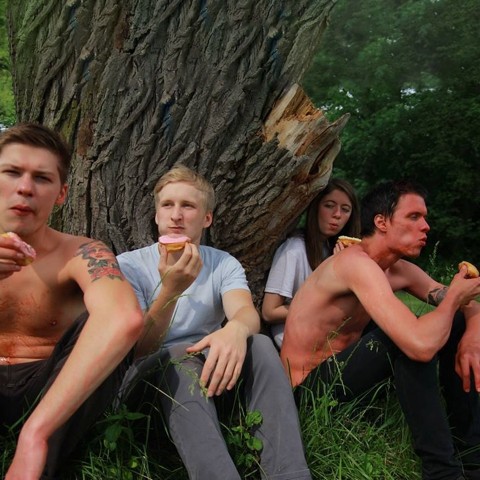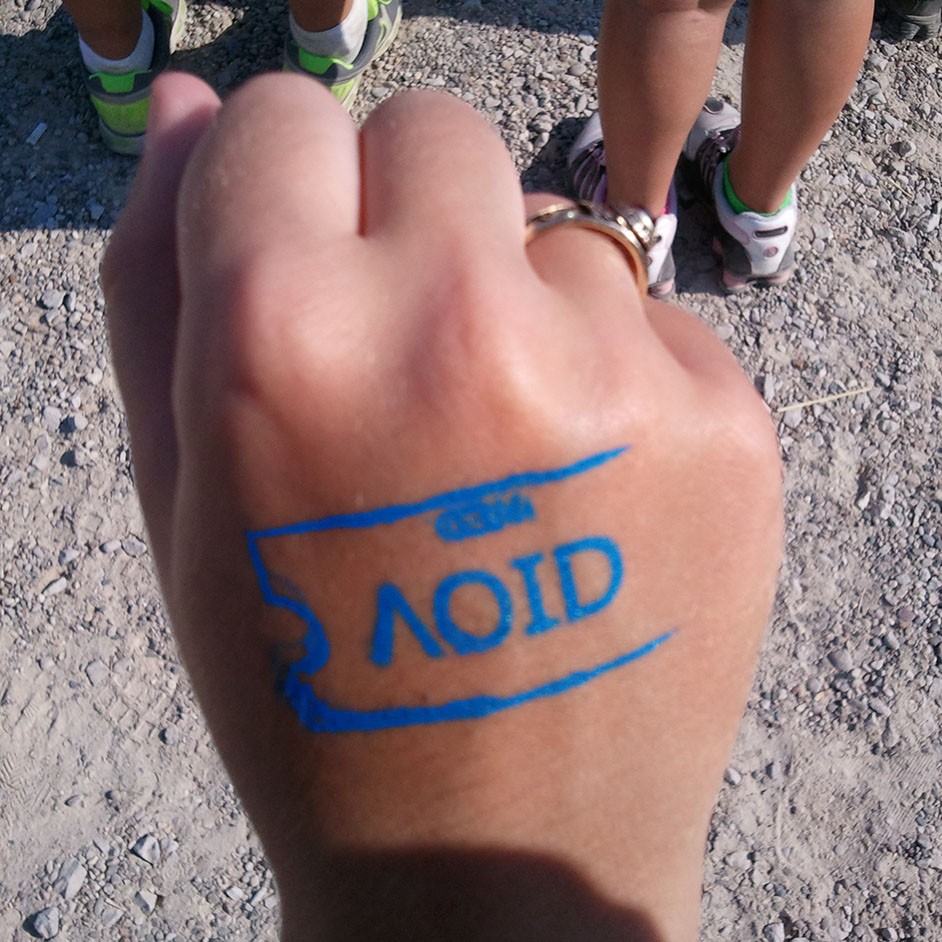
Twelve-year-old me was introduced to Tom Petty via a video game named Grand Theft Auto: San Andreas. The song was “Runnin’ Down A Dream,” which was released 13-years-prior on 1989’s Full Moon Fever. The game became my main access point to his music. When my dad realized this, he dug up his old records and handed them down.
I was similarly introduced to Joe Walsh — through “In The City,” which originally appeared on the soundtrack for 1979’s The Warriors. My dad also brought that film into my life. When I got older, I’d be re-introduced to Walsh through tales about his time living in Memphis.
So when Walsh returned Monday with Tom Petty and The Heartbreakers, my dad and I went.
“I spent a year here one night,” Walsh told a packed crowd of all ages at The Fedex Forum.
Petty and The Heartbreakers would later carry the audience through an evening of songs that built a career spanning more than four decades.
“Look at the last 40 years like its one big record,” Petty said. “We’re just gonna put the needle down here and there across it.”
What follows is a transcript of my notes from the evening:
7:35 p.m.: The person behind us can mouth all of the guitar parts to every Joe Walsh song, but has serious trouble recalling the names or lyrics.
7:39 p.m.: Joe Walsh has two drummers?
7:43 p.m.: Mom’s are dancing, Dad’s are dancing, everyone is dancing.
7:47 p.m.: Joe Walsh has two drummers and a sick laser light show and he is really good at slide guitar.
7:54 p.m.: “This song is for my friend and brother Glenn Fry,” Walsh says before he plays The Eagles’ “Take It To The Limit.” Everyone is on their feet and really enamored by Walsh. This is the golden moment of the show so far. (Note: Looking back, this remained my favorite part of his set and possibly the night.)
8:02 p.m.: I should have said this earlier, but for context, we’re seated on Row C of section 105 in seats 17 and 18. This the first row before you step down onto floor seating. There is a security guard standing at the edge of the row, holding onto a rail while she points a flashlight at the ground so folks remember to watch their step. At least six people have tripped so far, all finding their footing, but some not as swift as others. Most have caught themselves on her shoulder, and she’s handling it okay. No major plants yet, but I’m worried and distracted from the show.
8:09 p.m.: “If you’re young and not familiar with my music, your parents loved this next song,” Walsh says before playing “In The City.” Dad tells me when he was my age or younger and worked at a radio station, he’d play this song all of the time.
8:19 p.m.: I’m having a hard time understanding a lot of the words Walsh is saying.
8:19 p.m.: A lady behind me says Walsh looks like an aged Jeff Spicoli from Fast Times at Ridgemont High.
8:42 p.m.: A pair of expressive black and red cowboys boots spotted at the urinal to the right of me.
9:12 p.m.: Tom Petty and The Heartbreakers take the stage. Petty is wearing a purple blazer and what I make out to be a cheetah-print tie.
[pullquote-1]”The cradle of rock ‘n’ roll is Memphis,” Petty says. “Can you feel that mojo creeping across the room?”
9:18 p.m.: The Heartbreakers band is really good. Petty later introduces them as Mike Campbell on guitar, Benmont Tench on keys, Ron Blair on bass, Scott Thurston on guitar, keys, and harmonica, and Steve Ferrone on drums. There’s also The Webb Sisters, Charley and Hattie, who we later learn toured with Leonard Cohen.
9:19 p.m.: Petty’s light show is impressive. It consists of four sets of color-changing orb-shaped lights placed in rows of five, and they move to make different shapes from song to song. The band goes into “Mary Jane’s Last Dance,” and the lights turn green.
9:21 p.m.: I smell the fruit.
10:02 p.m.: Tom Petty is leading the masses in a synchronized clap. Seat 18 on Row C of Section 105 offered the best people watching view I’ve ever enjoyed at an arena show. There’s something only slightly terrifying about a crowd staring straight ahead and clapping in attempted unison as if they’re all under a spell.
10:17 p.m.: Someone dressed in head-to-toe Elvis garb appears from the masses, swaying and knelt over, trying to get the bands attention. Elvis eventually succeeds, only briefly.
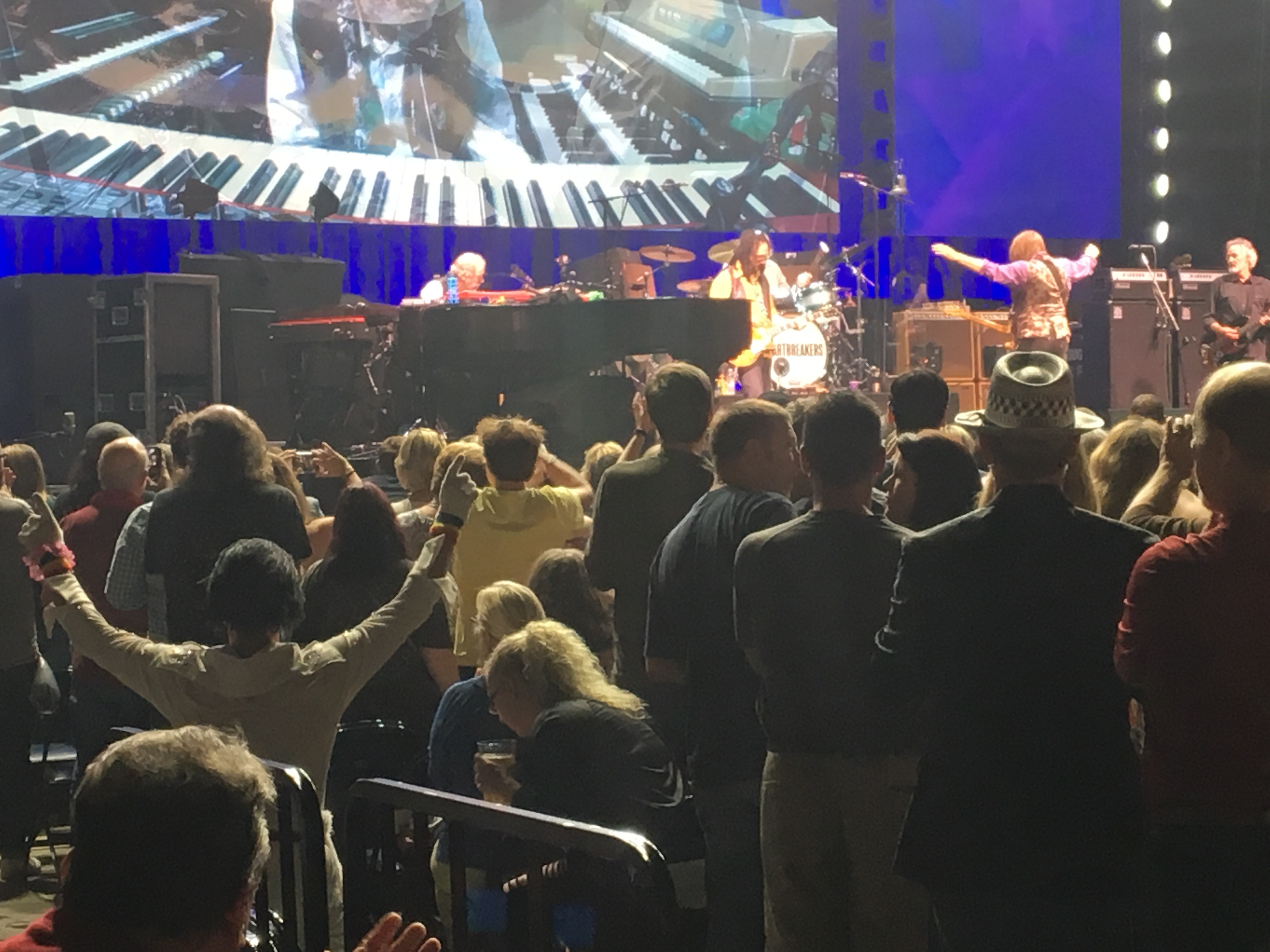
10:32 p.m.: My favorite part of the night could change to now, when Petty played what sounded to be a more stripped-down version of “Learning to Fly.” (Note: Walsh still won my favorite moment of the night, but this was a really close second.)
10:51 p.m.: Awesome, they are playing “Runnin’ Down A Dream,” my anthem.
10:55 p.m.: Some folks have taken their seats. They are tired but Petty has nearly gone through ’em all except for “American Girl,” and they know it’s coming.
11:00 p.m.: Ah, “You Wreck Me,” not “American Girl.” But on a personal note, I really wanted to hear this song and am happy he played it.
11:07 p.m.: He rings out that first chord, and everyone is on their feet again. Before closing out his set, Petty wraps it up:
“When I was a little boy, when someone told me of Memphis, they’d say that’s where all the rock ‘n’ roll stars lived. So that’s where I wanted to go.”
 Briana Wade — Jadewick
Briana Wade — Jadewick 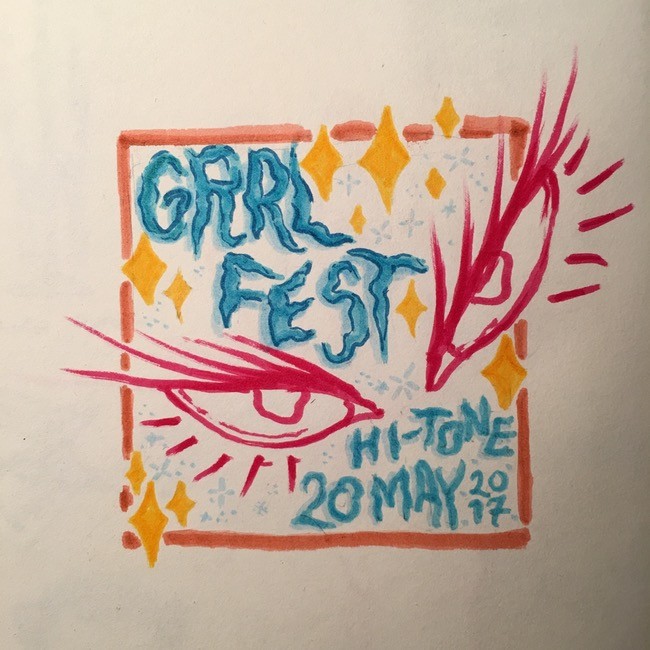 Claire Faulhaber
Claire Faulhaber 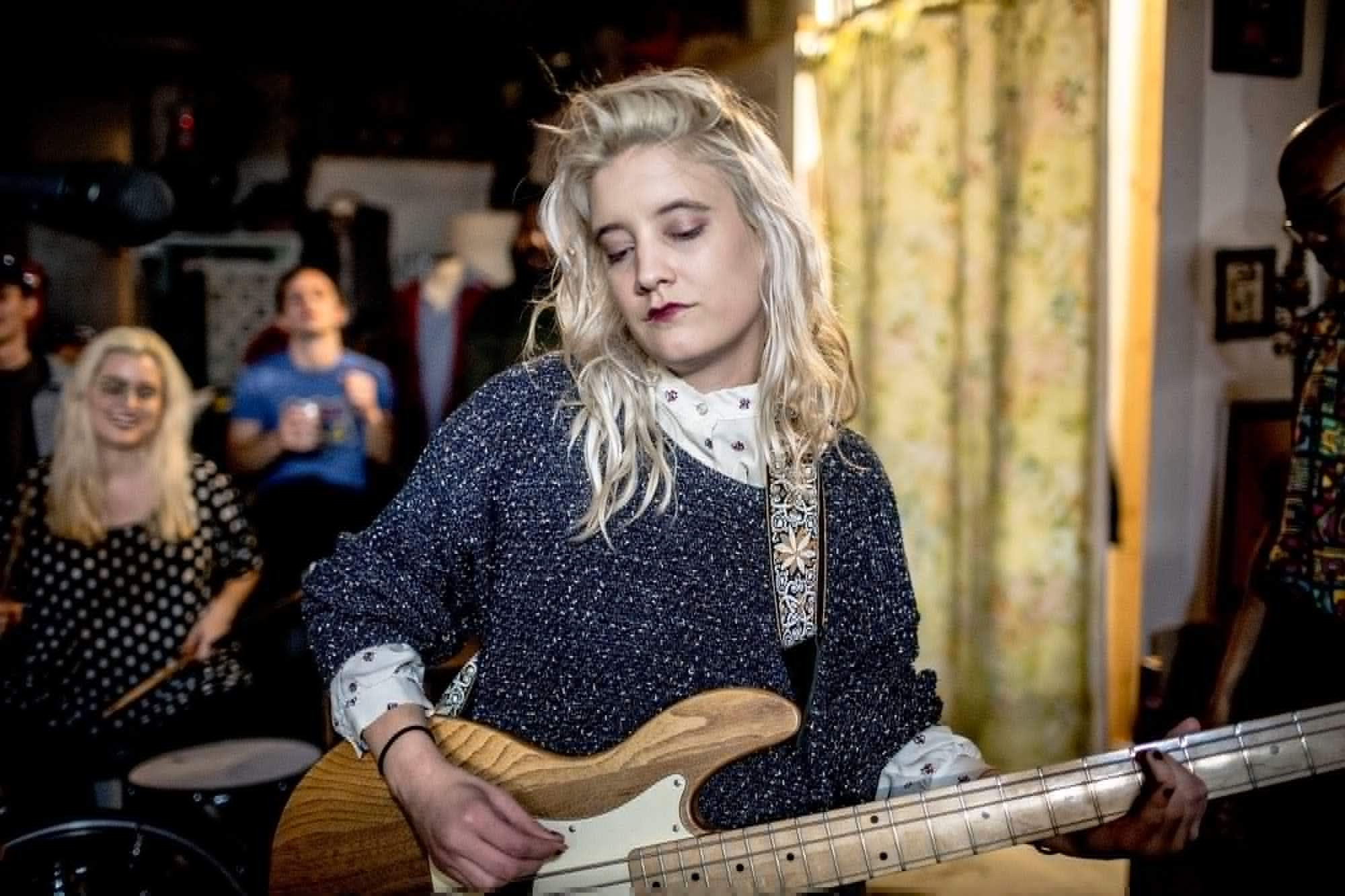 Andrea Morales
Andrea Morales 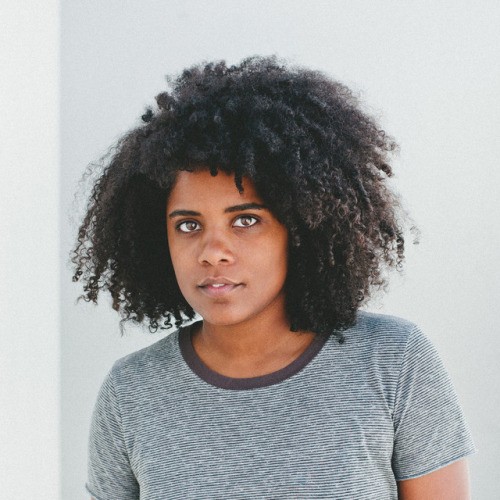 Briana Wade
Briana Wade 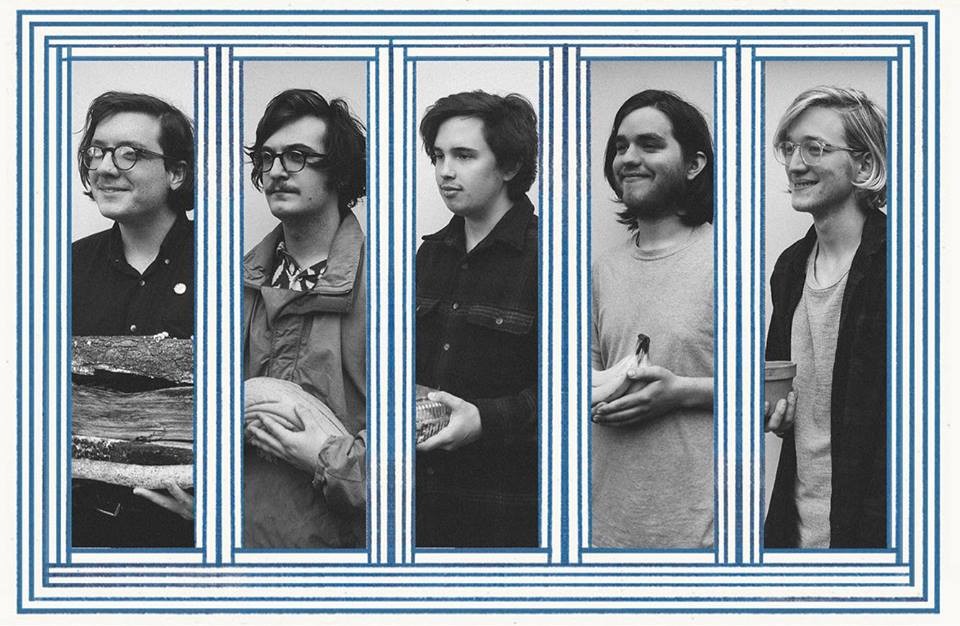
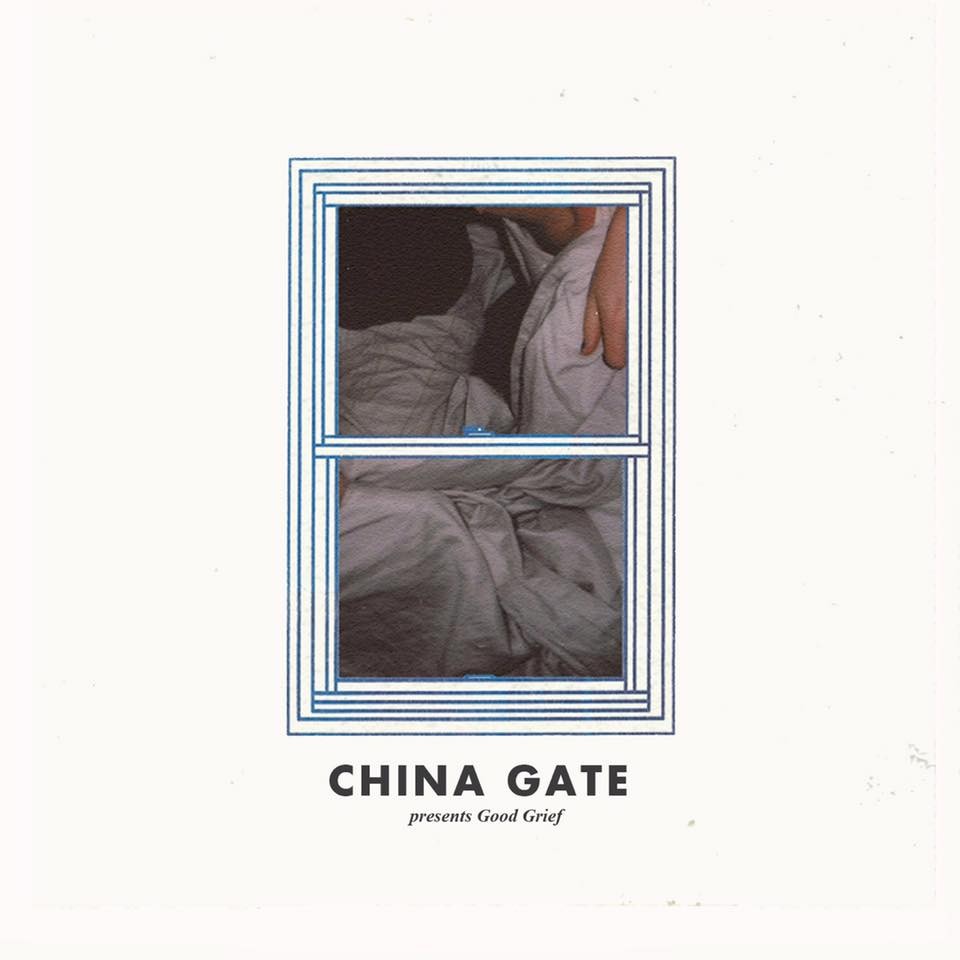


 A quick Google search
A quick Google search 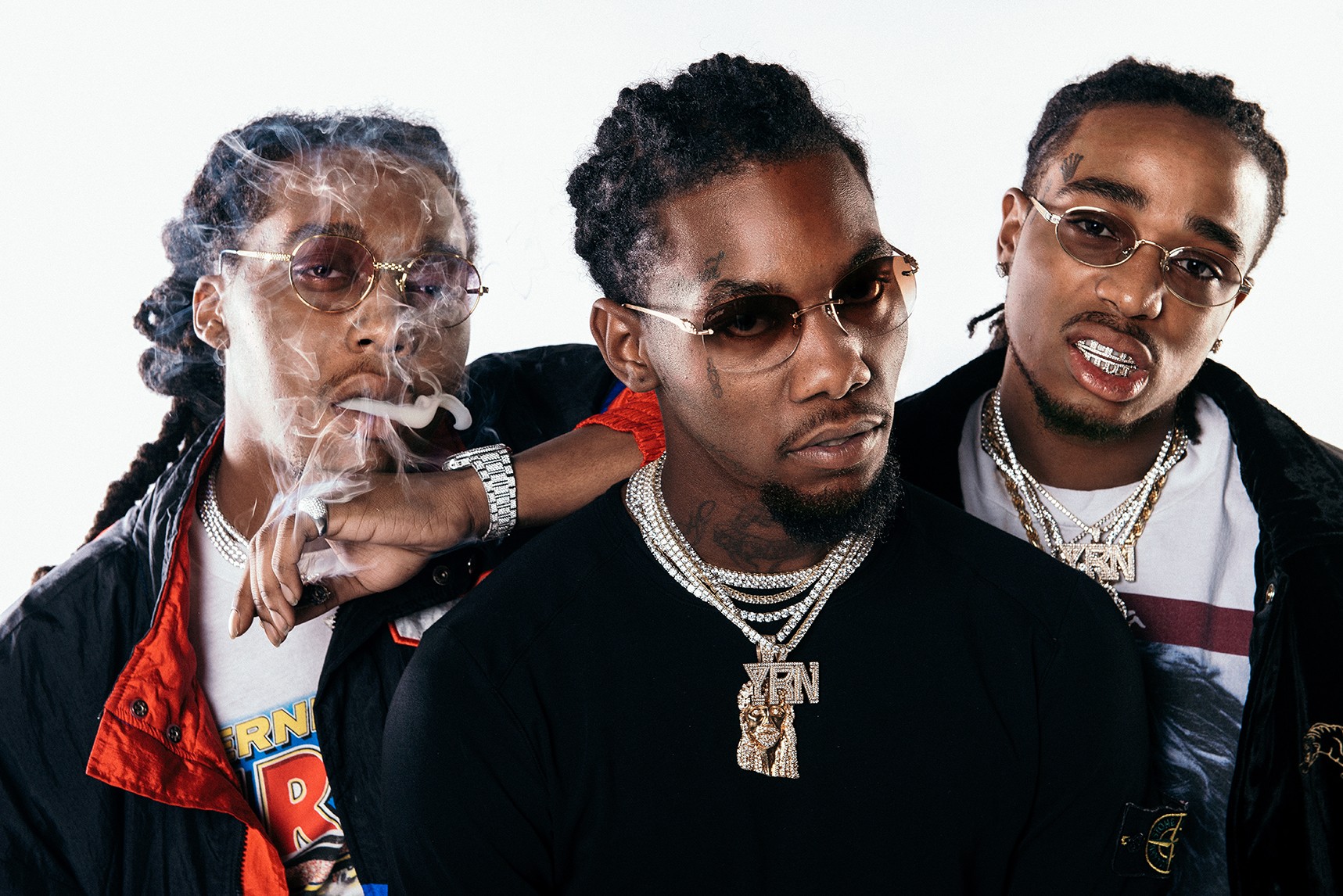 David Rams
David Rams  Briana Wade
Briana Wade 
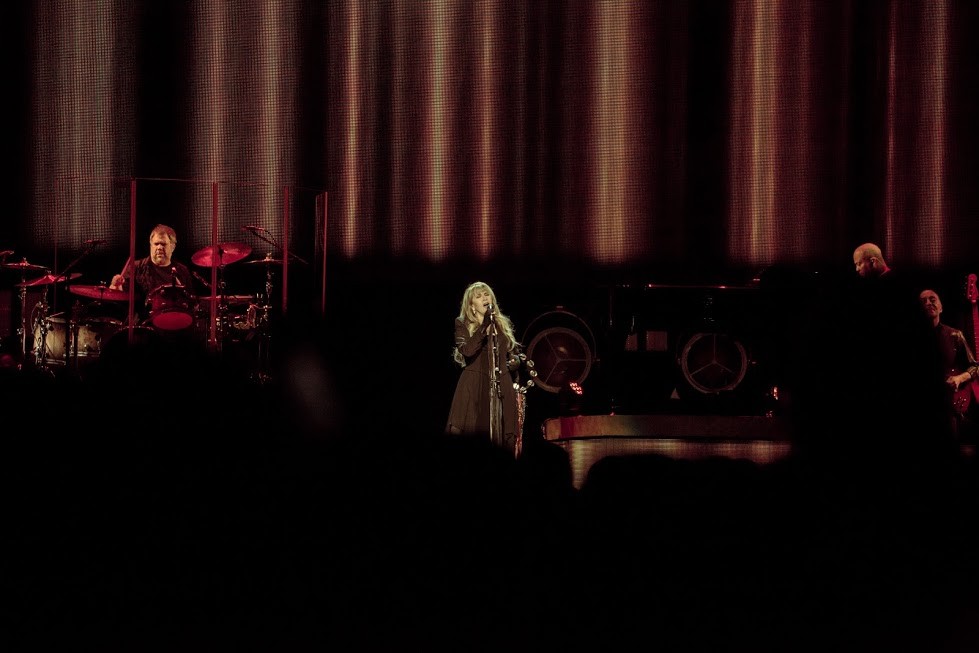 Sam Leathers
Sam Leathers  Sam Leathers
Sam Leathers 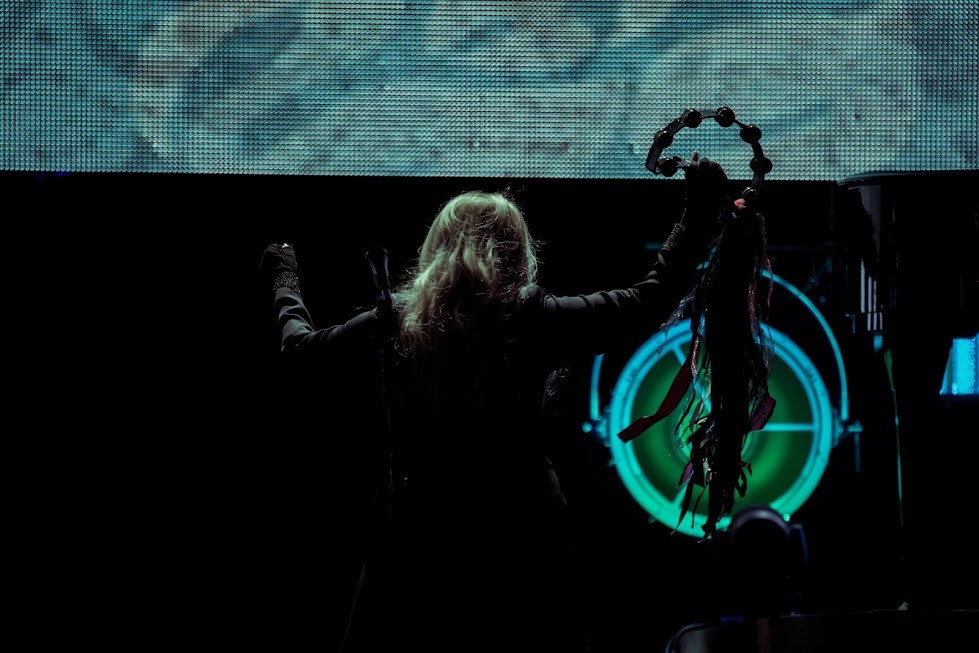 Sam Leathers
Sam Leathers 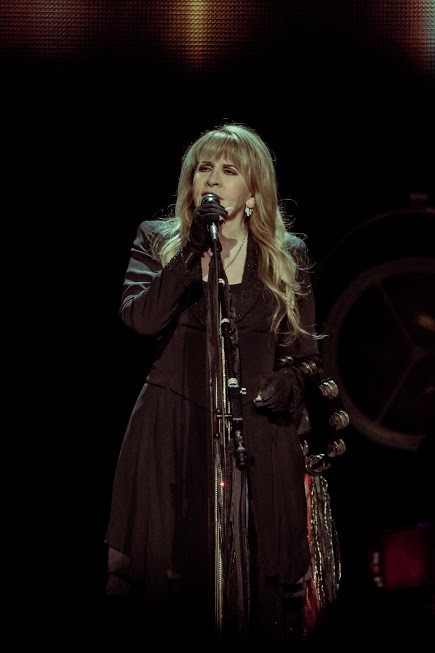 Sam Leathers
Sam Leathers 